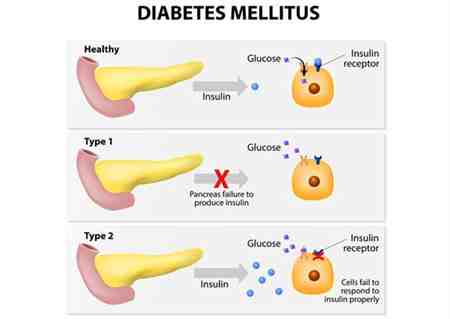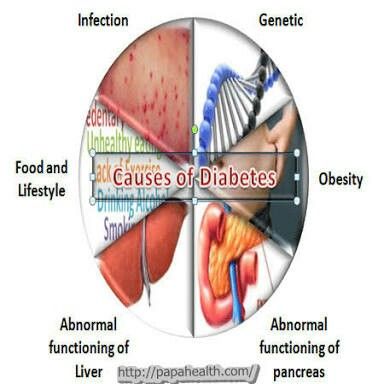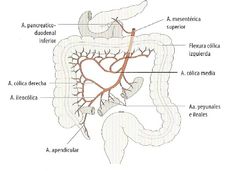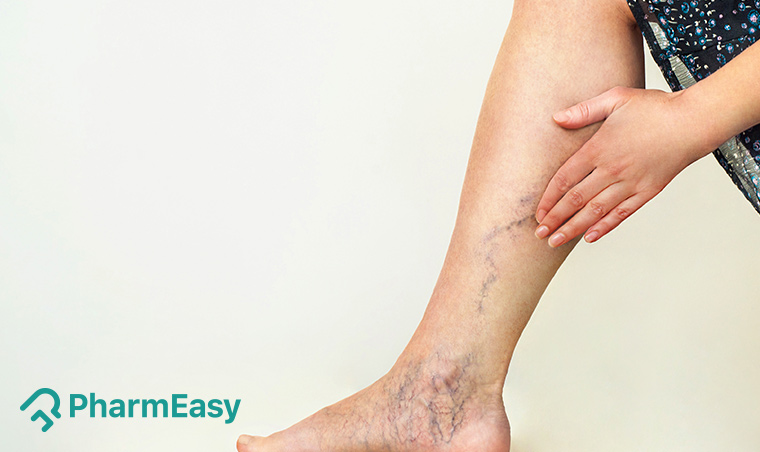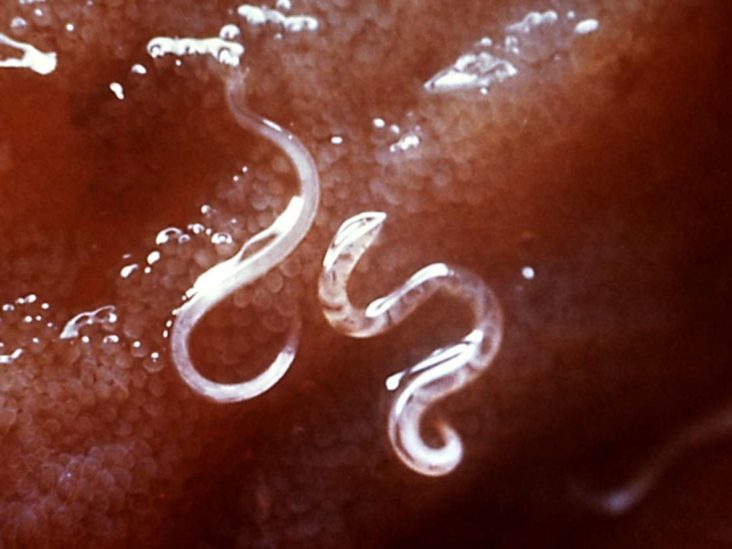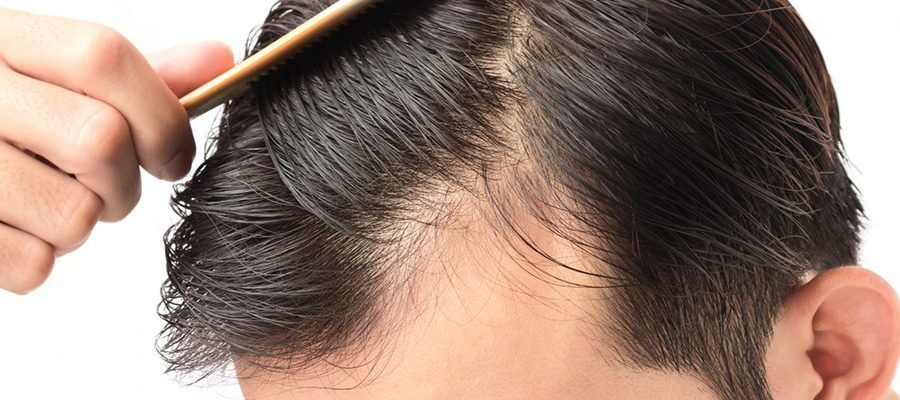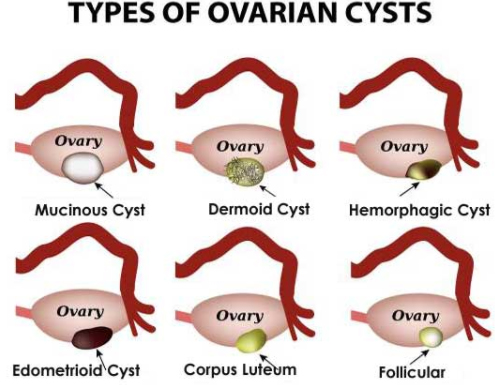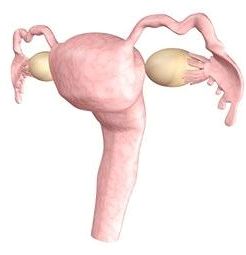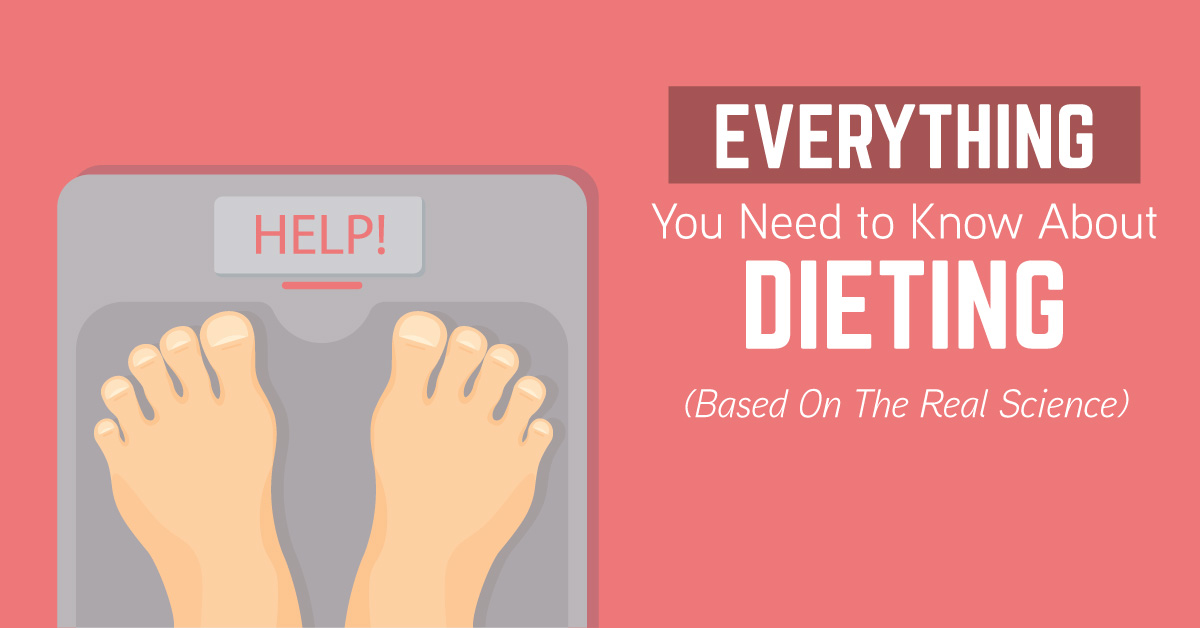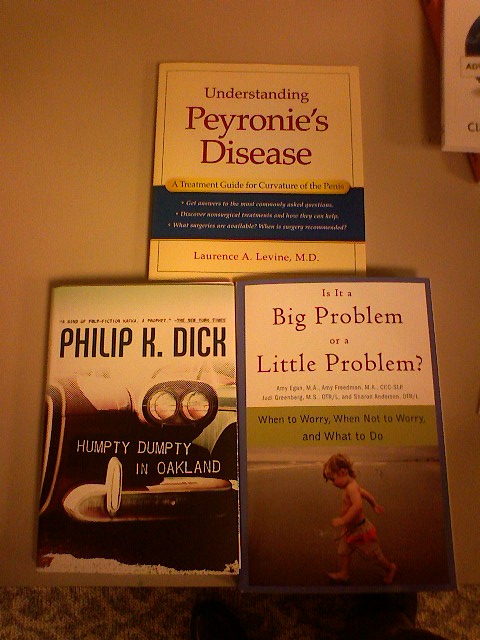
Peyronie’s disease is a disorder that affects the penis. It is usually acquired and affects men between the ages of 45 and 60. It is characterized by fibrotic thickening of the corpora tunica. The symptoms of the condition include penile curvature, focal bend, and pain. Treatment depends on the cause and type of plaque. For more information, subscribe to the facts-first newsletter.
Physical examination is required to diagnose the condition. A physical exam and medical history are necessary. The main symptoms of peyronie’s disease are: a curved penis, indentation of the penis, and enlarged scrotum. Surgical procedures are not always successful, and some men may experience complications afterward. An ultrasound may be performed to confirm the diagnosis. The doctor may perform surgery using tissue from a donor organ.
The best way to treat Peyronie’s disease is to see a physician. Early diagnosis is essential to minimize potential side effects. Surgery is generally only recommended for men with severe symptoms. If it hasn’t affected your ability to father a child, you should not undergo surgery. It can affect your relationship and your self-esteem. If left untreated, Peyronie’s disease can be debilitating and can even interfere with your ability to have sex. A male urologist can prescribe an effective treatment for you.
Surgical treatments for Peyronie’s disease vary in severity. Surgical treatment involves removing the tunica albuginea, which causes the erect penis to curve. While surgery can restore the length of the penis, it won’t improve its girth. Nevertheless, if you’re in a stable stage, medication and surgery may be necessary. A few men may need to undergo surgical procedures if the disease has progressed to the point where sex is impossible.
The most effective treatment for Peyronie’s disease involves surgery. Surgical procedures can remove the hardened plaque by removing the swollen penis. Patients with a severe case of PD may require a surgical procedure. In some cases, a man may need to undergo an implant. A man with a spongy penis can still have a normal erectile function after the procedure.
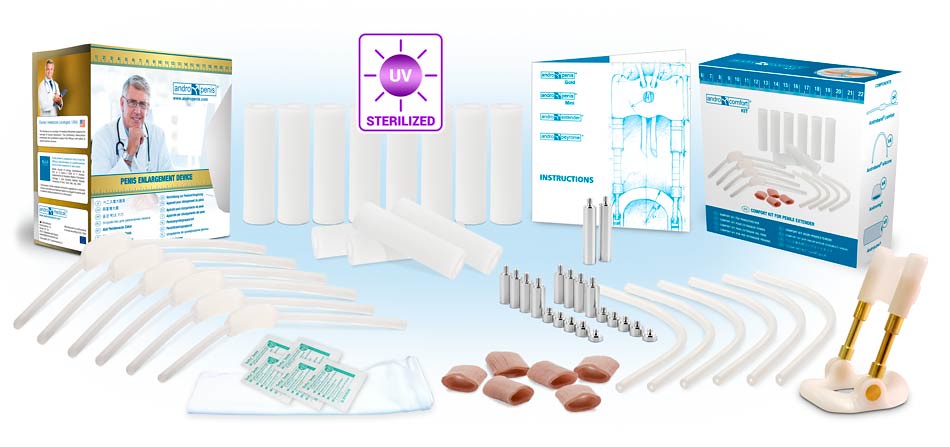
Physical examination is essential for the diagnosis of Peyronie’s disease. It includes a physical examination and measurements of the penis. If the penis is distorted, it may become painful during intercourse. Depending on the severity of the condition, a man may be required to undergo surgery. If surgery is needed, a surgical procedure is recommended for men who suffer from mild to moderate cases. A person suffering from Peyronie’s disease is unlikely to have a serious illness.
Patients with Peyronie’s disease are often referred to a urologist. An ultrasound may be necessary to confirm the diagnosis. The pain associated with an erection is usually temporary and will disappear on its own within six to eighteen months. However, the pain may continue to occur until the patient is past puberty. In some cases, the pain associated with peyronie’s disease is permanent.
The doctor will ask about symptoms and previous injuries. In some cases, a biopsy may also be required. Diagnosis and consultation at Somosmass99 for Peyronie’s disease is important because it can lead to permanent disability. In addition to the biopsy, the doctor may perform other procedures, such as reconstruction of a penile fenuclear lesion. During a clinical trial, a person may undergo multiple surgeries. The urologist will usually insert the device into the penis. This device will straighten the penis and cause an erection.
The symptoms of Peyronie’s disease are similar to those of erectile dysfunction and are mostly permanent. The most common symptom is a curvature of the penis. In most cases, pain occurs only during sex, but it can also occur during erection. The patient may also have an inability to conceive or maintain a sexual life. In rare cases, after Peyronie’s disease, the patient can live a normal and productive life.
In most cases, the symptoms of Peyronie’s disease are mild and go away on their own. Those who experience symptoms of Peyronie’s disease may also suffer from depression, anxiety, or a distorted sense of their body. Pain can interfere with sex and relationships. In some cases, the pain goes away on its own, but it is not possible to cure it completely.


